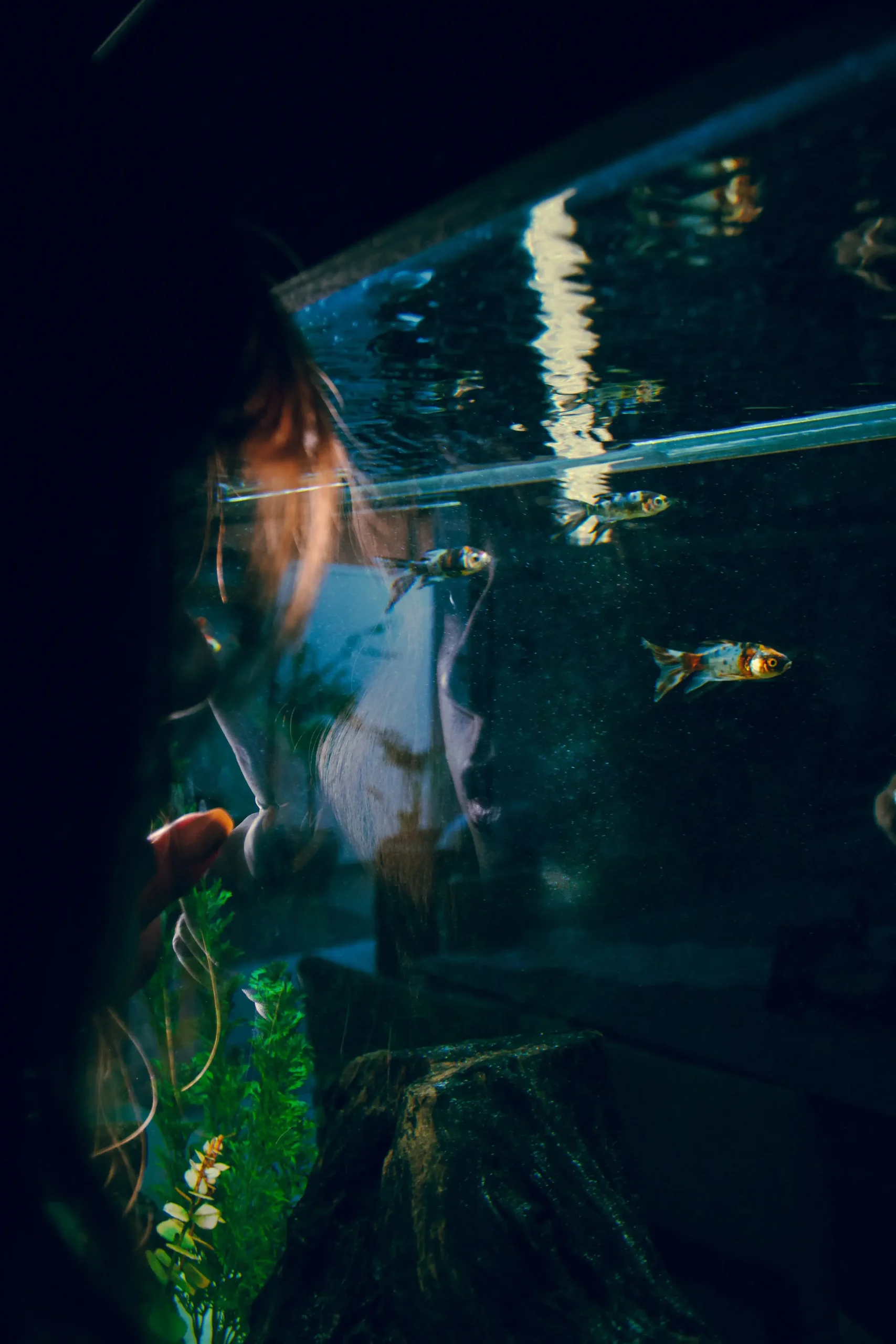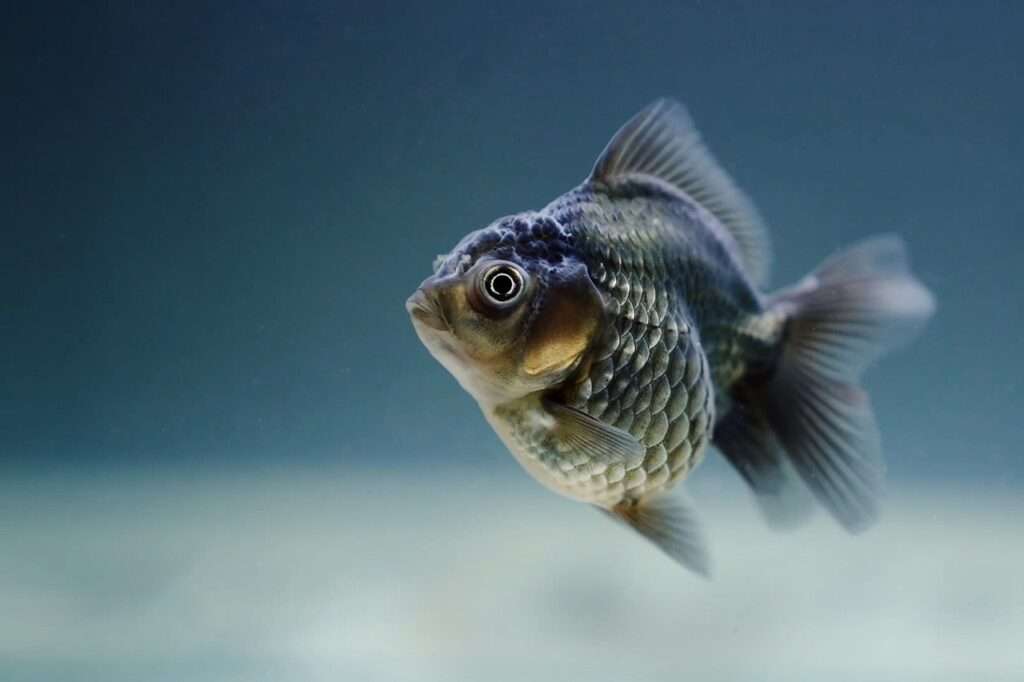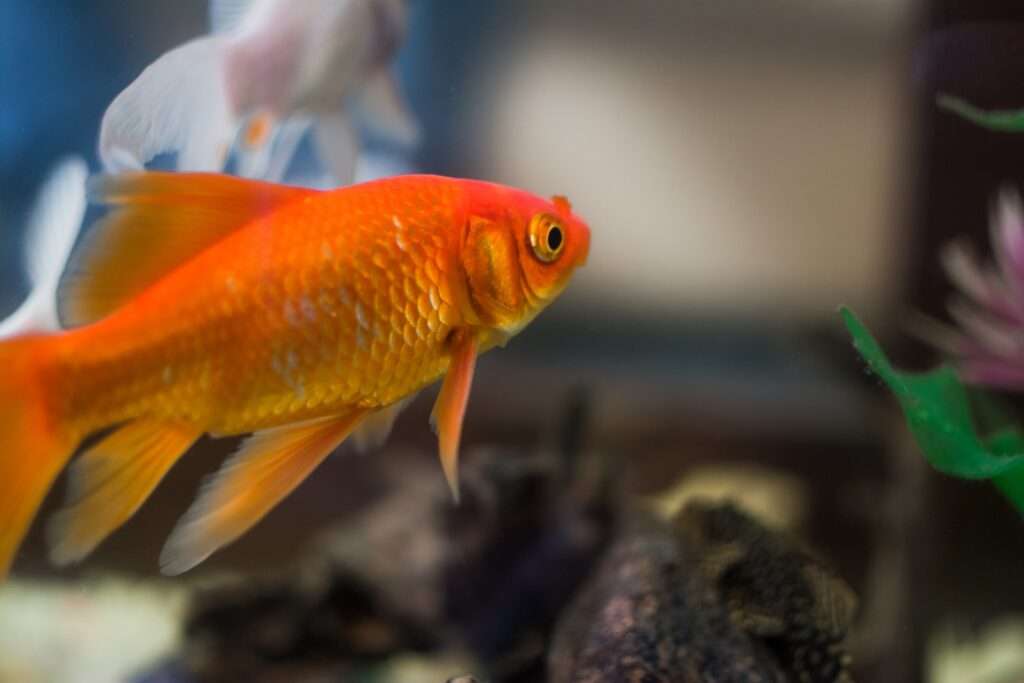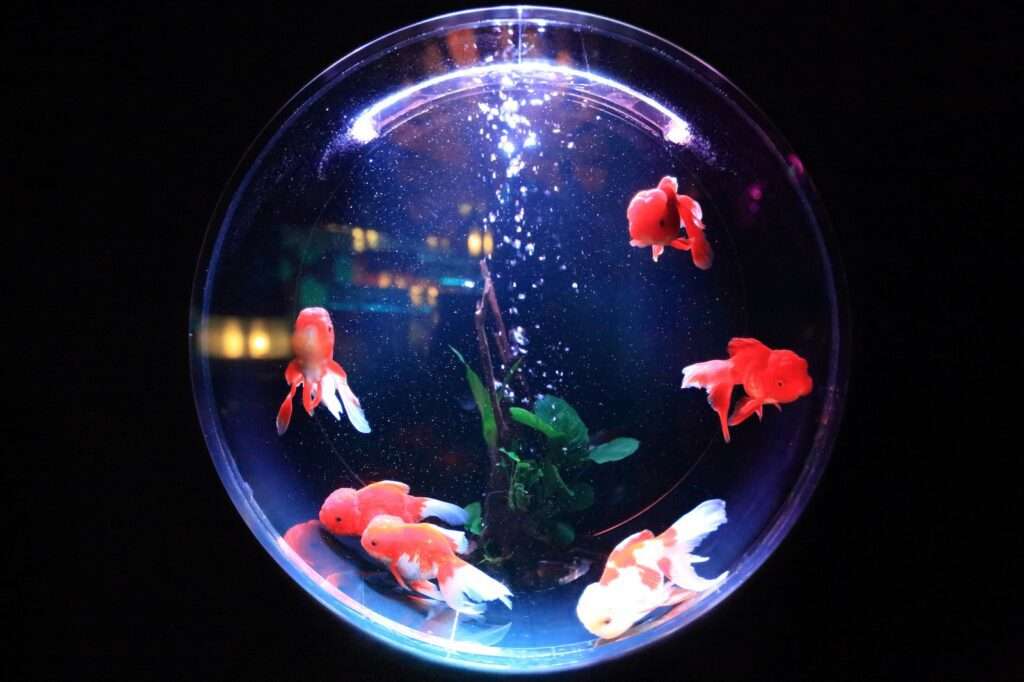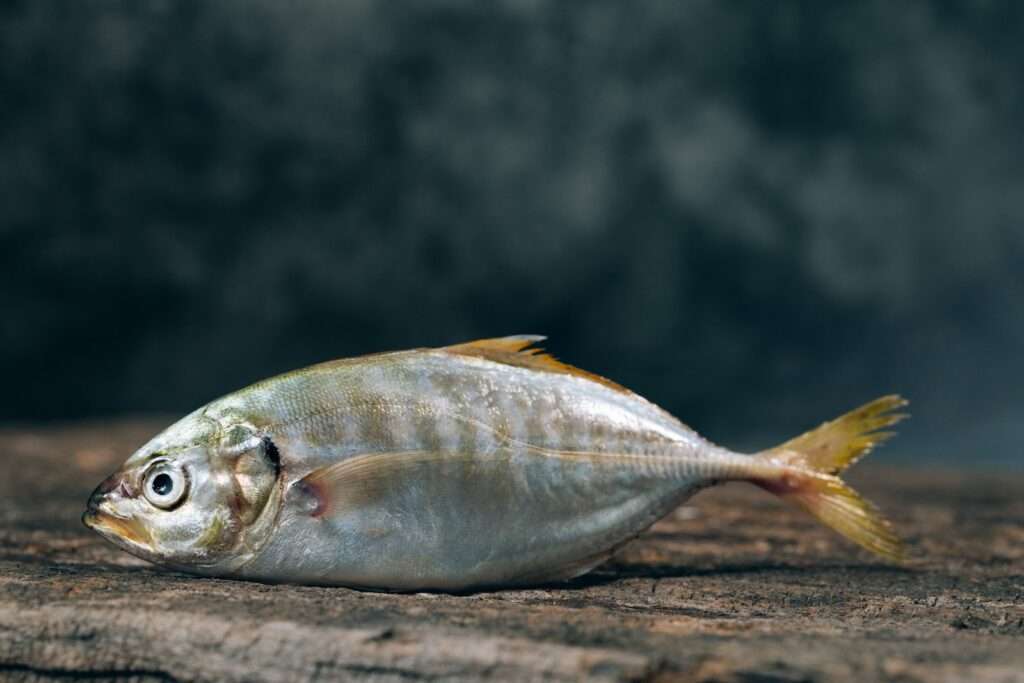Creating a Stress-Free Environment: Fish Stress Reduction Techniques
Introduction:
Fish, just like any other living creature, can experience stress. Stress in fish can lead to various health issues, including compromised immune systems, decreased appetite, and even death. As a responsible fish owner, it is crucial to create a stress-free environment for your aquatic pets. In this article, we will explore effective fish stress reduction techniques and provide valuable tips on maintaining a harmonious aquarium environment.
I. Understanding Fish Stress:
1. The Causes of Fish Stress:
a. Poor water quality
b. Inadequate or improper diet
c. Incompatible tank mates
d. Overcrowding
e. Inadequate hiding spots or lack of enrichment
f. Sudden changes in water temperature or pH levels
2. Recognizing Signs of Stress in Fish:
a. Loss of appetite
b. Erratic swimming patterns
c. Faded or dull coloration
d. Gasping at the water’s surface
e. Fin clamping or fin erosion
f. Increased aggression or excessive hiding
II. Fish Stress Reduction Techniques:
1. Maintain Excellent Water Quality:
a. Regularly test water parameters (pH, ammonia, nitrites, nitrates)
b. Perform partial water changes to remove toxins
c. Ensure proper filtration and aeration
2. Provide a Suitable Diet:
a. Offer a variety of high-quality fish food
b. Research the dietary preferences of your fish species
c. Avoid overfeeding to prevent water pollution
3. Choose Compatible Tank Mates:
a. Research fish species compatibility before adding new fish
b. Avoid aggressive or territorial species that can stress out other fish
c. Monitor fish behavior and separate incompatible tank mates if necessary
4. Avoid Overcrowding:
a. Follow appropriate stocking guidelines for your tank size
b. Provide adequate swimming space for each fish
c. Consider the adult size of fish when planning tank inhabitants
5. Create Hiding Spots and Enrichment:
a. Add plants, rocks, and driftwood to provide hiding places
b. Mimic natural environments with appropriate decorations
c. Offer toys or objects for fish to interact with
6. Gradual Changes and Acclimation:
a. Avoid sudden changes in water temperature or pH levels
b. Use a quarantine tank for new fish before introducing them to the main tank
c. Allow fish to acclimate to new environments slowly
III. FAQs (Frequently Asked Questions):
1. Can stress in fish be contagious?
No, stress itself is not contagious. However, stress can weaken fish, making them more susceptible to diseases and infections.
2. How can I reduce stress during transportation?
To reduce stress during transportation, ensure the fish are placed in a secure, well-oxygenated bag or container. Avoid exposing them to extreme temperatures, and minimize any sudden movements or vibrations.
3. Can fish get stressed from too much light?
Yes, excessive light exposure can stress fish. Provide a suitable photoperiod by simulating natural day and night cycles using a timer for your tank’s lighting.
4. Are there any natural remedies to reduce fish stress?
While there are no specific natural remedies for fish stress, maintaining a healthy environment and following stress reduction techniques will significantly minimize stress levels in fish.
Conclusion:
By implementing fish stress reduction techniques and creating a stress-free environment, you can promote the overall well-being of your aquatic pets. Remember to monitor your fish’s behavior closely, address any signs of stress promptly, and provide the necessary adjustments to maintain a harmonious aquarium environment. Happy and stress-free fish will reward you with their vibrant colors, lively behavior, and a thriving community within your tank.


